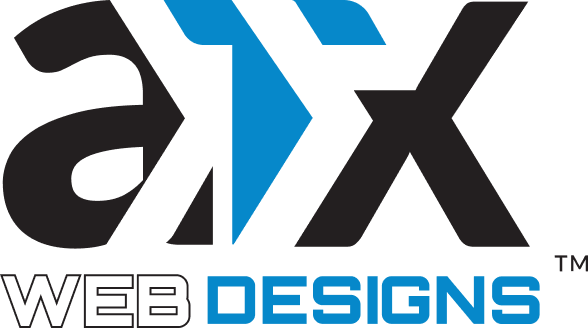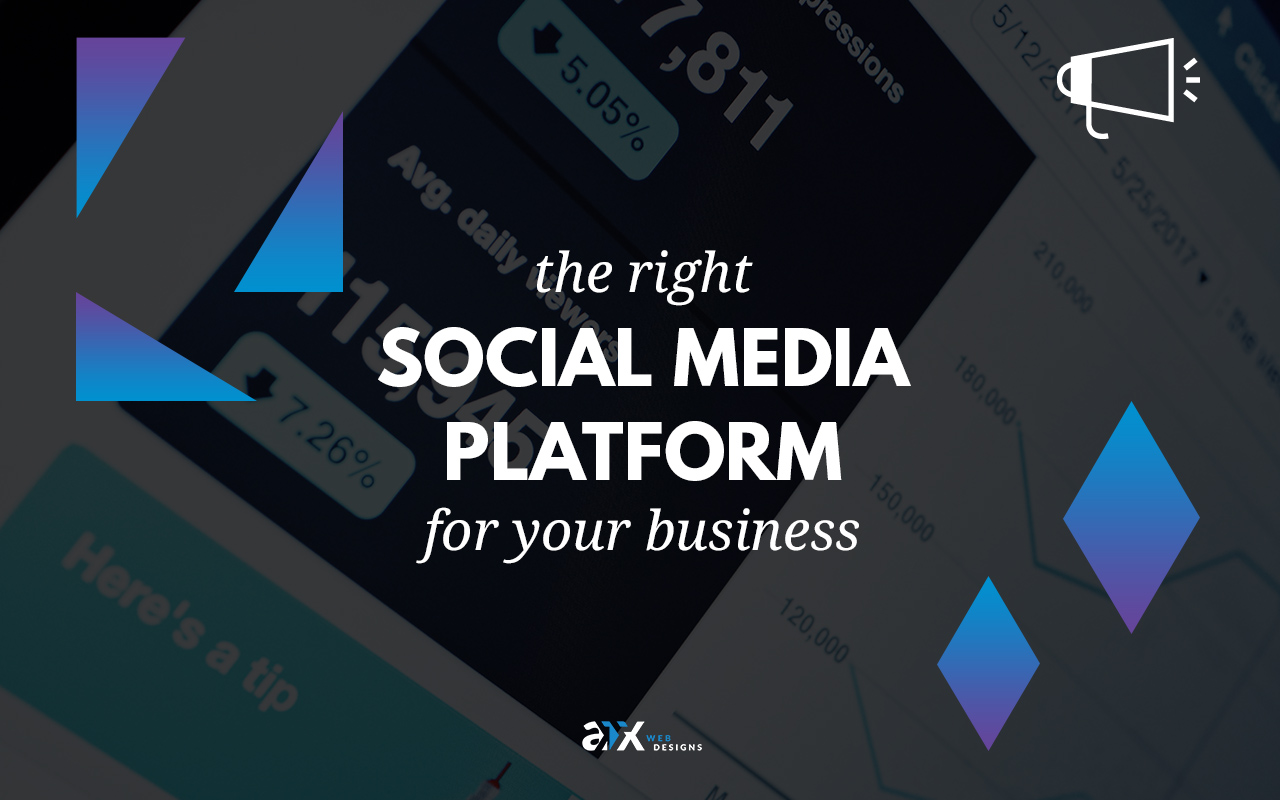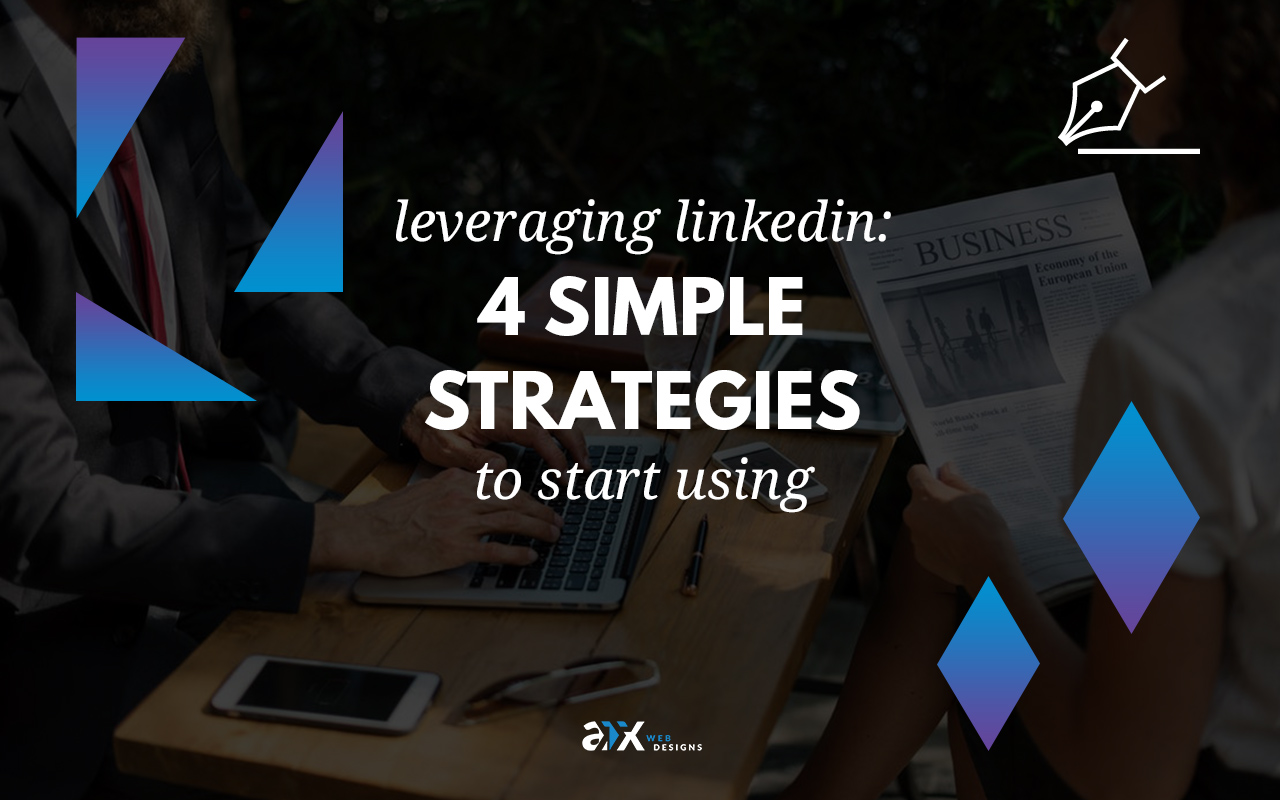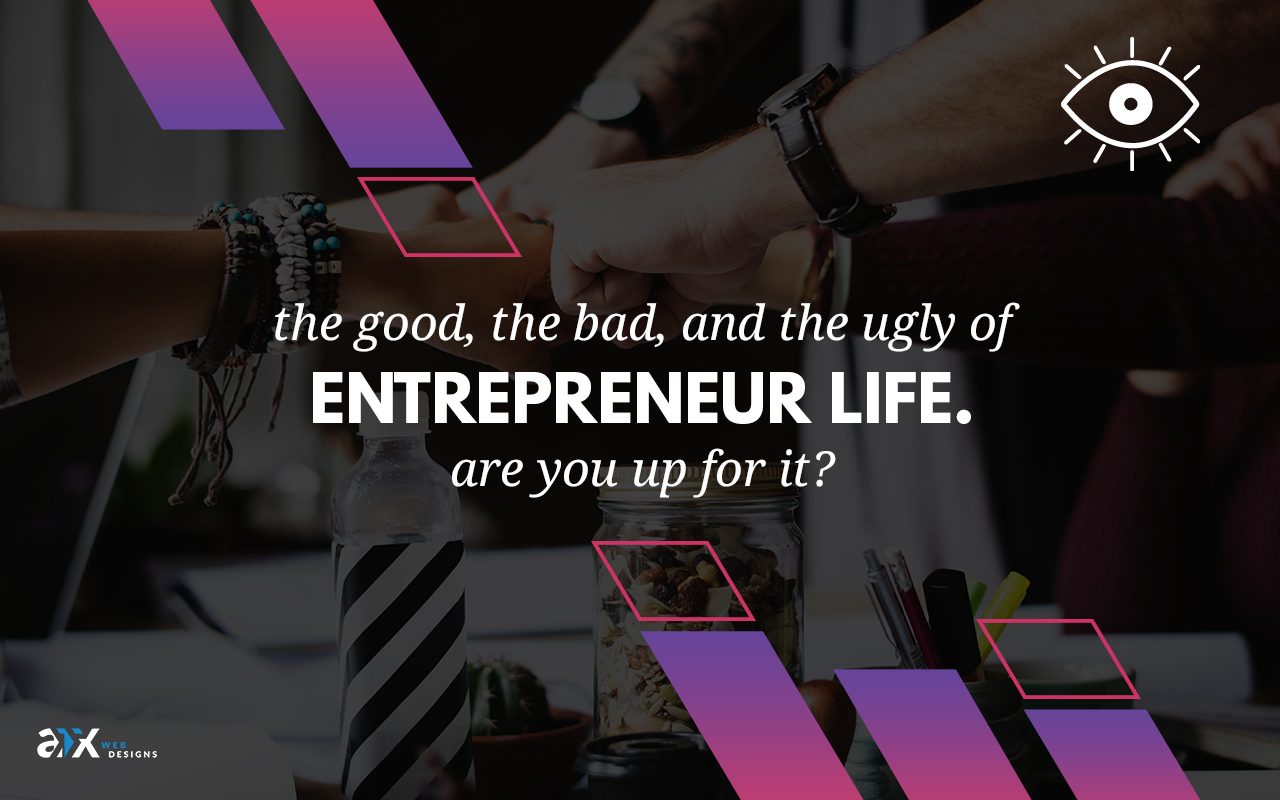Branding isn’t just about recognizable labels or Superbowl commercials or even popularity. Every company that exists has a brand identity.
Simply put, brand identity is how your consumers view your company or product. A business’ personality, values, marketing techniques and aesthetic all contribute to its unique brand identity.
Some small businesses and new businesses might operate under the misconception that they need to be well-established or famous to have a company “brand image,” but that isn’t the case.
It isn’t a question of whether or not your company has a brand identity, but whether you are harnessing the power of your brand. Branding is an important marketing tool that can be used to increase leads, improve sales, create a company reputation and strengthen customer loyalty.
To further clarify, here is a short list of what brand identity isn’t:
- Your logo and tagline. Branding is much more than your company’s logo and tagline, or even your company aesthetic. Branding requires defining a clear message and tone and staying consistent across all your social media platforms, written content and marketing materials.
- Expensive. Creating a brand identity doesn’t have to be an expensive process. Even with a small marketing budget, you can develop a solid brand through identifying a niche market, appealing to your audience’s values, and being consistent in your marketing and customer service efforts.
- Permanent. Branding and brand image can be changed over time through a process called rebranding. If you don’t like the way your company is received by the public, you always have time to change. Major companies that have successfully gone through a rebranding process include Old Spice (which used to be known as a hygiene product line for older generations) and McDonald’s (which has shifted to be more health-focused in recent years).
- A one-time effort. Maintaining a strong brand identity requires regular upkeep. Consistency and continuity are key. By creating a consistent look, feel, voice and message for your brand and then regularly presenting the brand to your audience across a range of platforms, you will establish a credible and likeable brand image.
ATX Web Designs offers branding strategy and digital brand development services. For more information, drop us a line!






